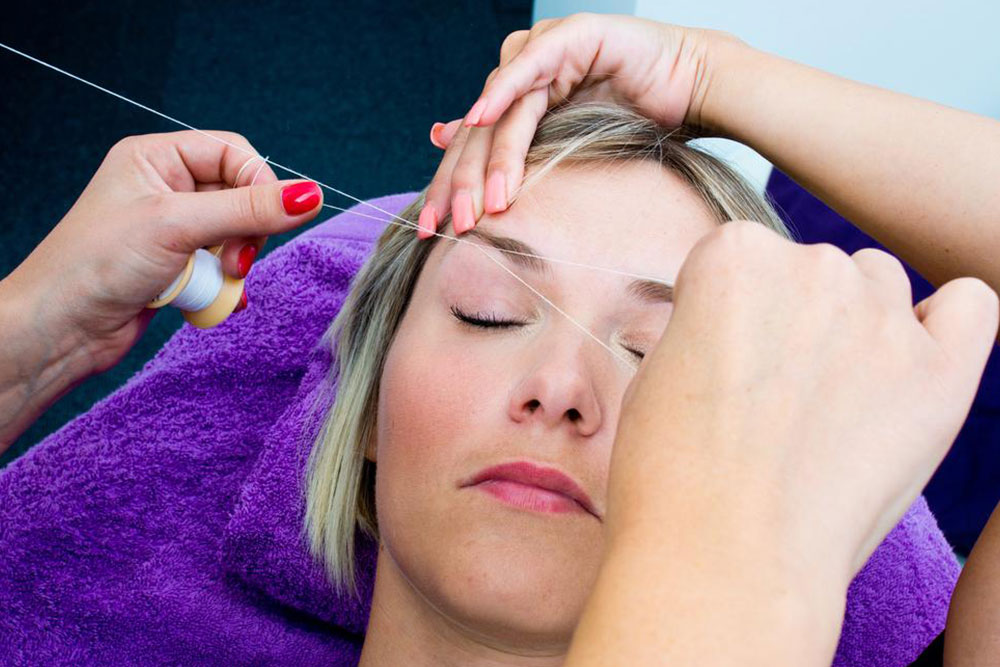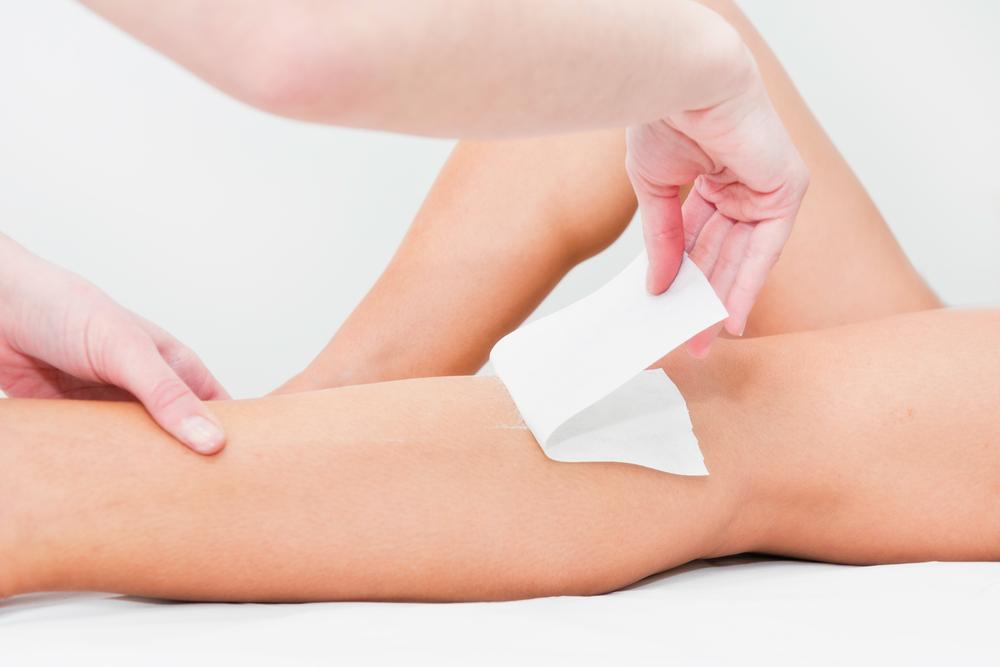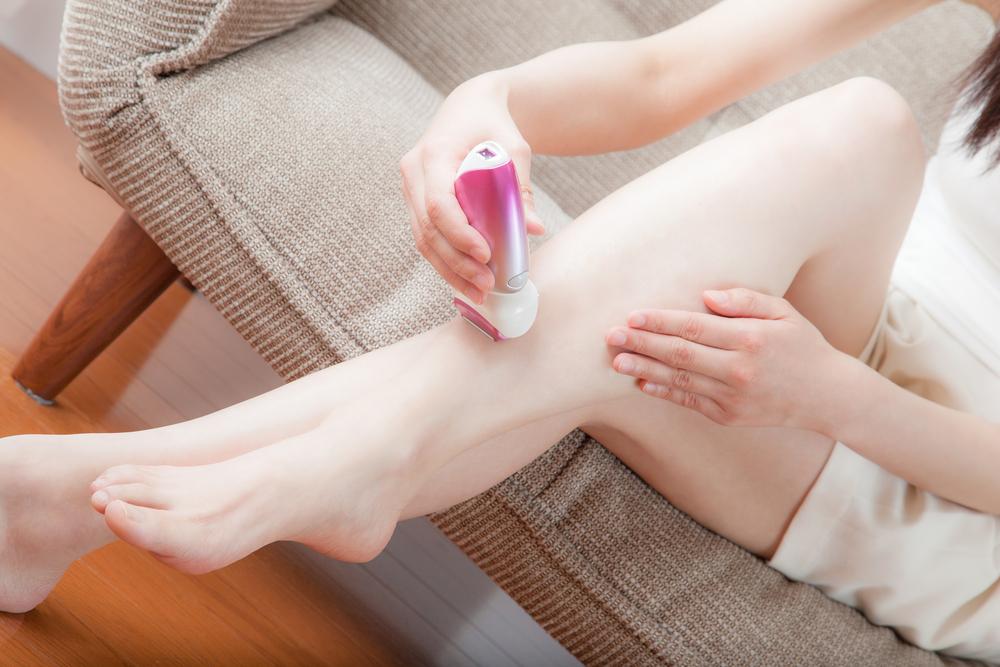Comprehensive Guide to the Most Effective Hair Removal Techniques for Long-Lasting Results
This comprehensive guide explores the top hair removal methods, including shaving, waxing, creams, threading, and laser treatments. It highlights each technique’s benefits and drawbacks, helping individuals choose the best long-lasting and effective solution for their skin type and lifestyle. Whether seeking quick fixes or permanent results, this detailed article covers everything you need to know about hair removal options.

Comprehensive Guide to the Most Effective Hair Removal Techniques for Long-Lasting Results
Achieving smooth, hair-free skin is a common beauty goal shared by many individuals worldwide. Whether for aesthetic reasons, comfort, or personal preference, there is a wide array of hair removal methods available today. Each technique offers its own set of advantages and disadvantages, making it essential to understand the differences to choose the most suitable option for your skin type, budget, and lifestyle. From quick fixes like shaving to advanced solutions like laser treatments, this comprehensive guide explores the most effective hair removal methods that deliver long-lasting or permanent results.
Below are the top methods you should consider when selecting a hair removal technique that aligns with your beauty routine and personal needs:
Shaving
Shaving remains one of the most popular and accessible hair removal methods due to its speed, affordability, and convenience. It involves using a razor to cut hair at the skin’s surface, making it a go-to choice for individuals with busy schedules or those looking for quick results. Shaving does not require special equipment beyond a razor and shaving cream or gel, which are widely available in drugstores and supermarkets.
Despite its popularity, shaving has certain drawbacks. Since it only cuts hair at the skin's surface, hair regrows rapidly—typically within 24 to 72 hours, depending on individual hair growth rates. Additionally, shaving can cause skin irritation, including razor burns, cuts, and ingrown hairs, especially if done improperly or with dull blades. This method is ideal for short-term hair removal, but because of the need for frequent upkeep, it can become tiresome and less cost-effective over time.
Waxing
Waxing provides a longer-lasting solution by removing hair from the root. The process involves applying warm or cold wax to the skin and then pulling it off swiftly, taking hair with it. For most individuals, waxing results can last between three to six weeks, making it a preferred choice for those seeking extended smoothness without daily maintenance.
However, waxing isn’t suitable for everyone. Those with sensitive skin or certain skin conditions may experience redness, irritation, or allergic reactions. Additionally, waxing can be quite painful, particularly in sensitive areas like the bikini line or underarms. It requires hair to grow to a specific length—usually about a quarter of an inch—before the treatment can be effective. Waxing can be performed at salons or at home with DIY kits, though professional waxing often provides better results and less discomfort.
Hair Removal Creams
Cream-based hair removal solutions, commonly known as depilatories, work by chemically breaking down hair proteins, allowing for easy removal with a spatula or washing away with water. These creams are quick, painless, and suitable for various body areas. They are particularly popular among women for facial, leg, and underarm hair removal.
Despite their convenience, hair removal creams have limitations. They might not be suitable for sensitive skin, as the chemicals can cause irritation, redness, or allergic reactions. Excessive or improper use may lead to darkening of the skin, especially if the formulation is left on for too long. It’s advisable to perform a patch test before full application to ensure compatibility with your skin.
Threading
Threading is an ancient hair removal technique that uses twisted cotton threads to remove hair from the follicle. It is particularly effective for shaping eyebrows and removing fine facial hair. Many beauty enthusiasts prefer threading because it provides precision, minimal discomfort, and no use of chemicals.
While threading offers excellent control over hair removal in small areas, it becomes less practical for larger body parts like legs or arms due to the time involved. The method is usually performed in salons by trained professionals to ensure safety and effectiveness. It’s a popular choice for sensitive facial skin, as it minimizes irritation and does not involve harsh chemicals or heat.
Laser Hair Removal
Laser hair removal is currently one of the most advanced and effective long-term hair reduction treatments available. It involves using concentrated light beams to target hair follicles, damaging them enough to inhibit future growth. Depending on the skin type and hair color, laser treatments can significantly reduce hair growth or eliminate it entirely over time.
This method requires multiple sessions—typically between 4 to 8—spaced several weeks apart. The procedure is performed by licensed dermatologists or certified technicians in clinics or medical spas. Laser hair removal is suitable for most areas, including the face, legs, arms, underarms, and bikini line.
One of the main advantages of laser hair removal is its durability. Many individuals experience permanent reduction in hair growth, significantly decreasing the need for ongoing maintenance. Moreover, it is fast, minimally invasive, and generally safe when performed by qualified professionals. Side effects are rare but can include temporary redness, swelling, or slight discomfort.
Choosing the right hair removal method depends on your individual needs, skin sensitivity, budget, and lifestyle. For those seeking lasting results, laser treatments are highly recommended. However, conventional methods like shaving and waxing are more accessible and suitable for quick or temporary solutions. Ultimately, consulting with a skincare professional can help determine the best approach tailored specifically to your skin type and hair growth patterns.





